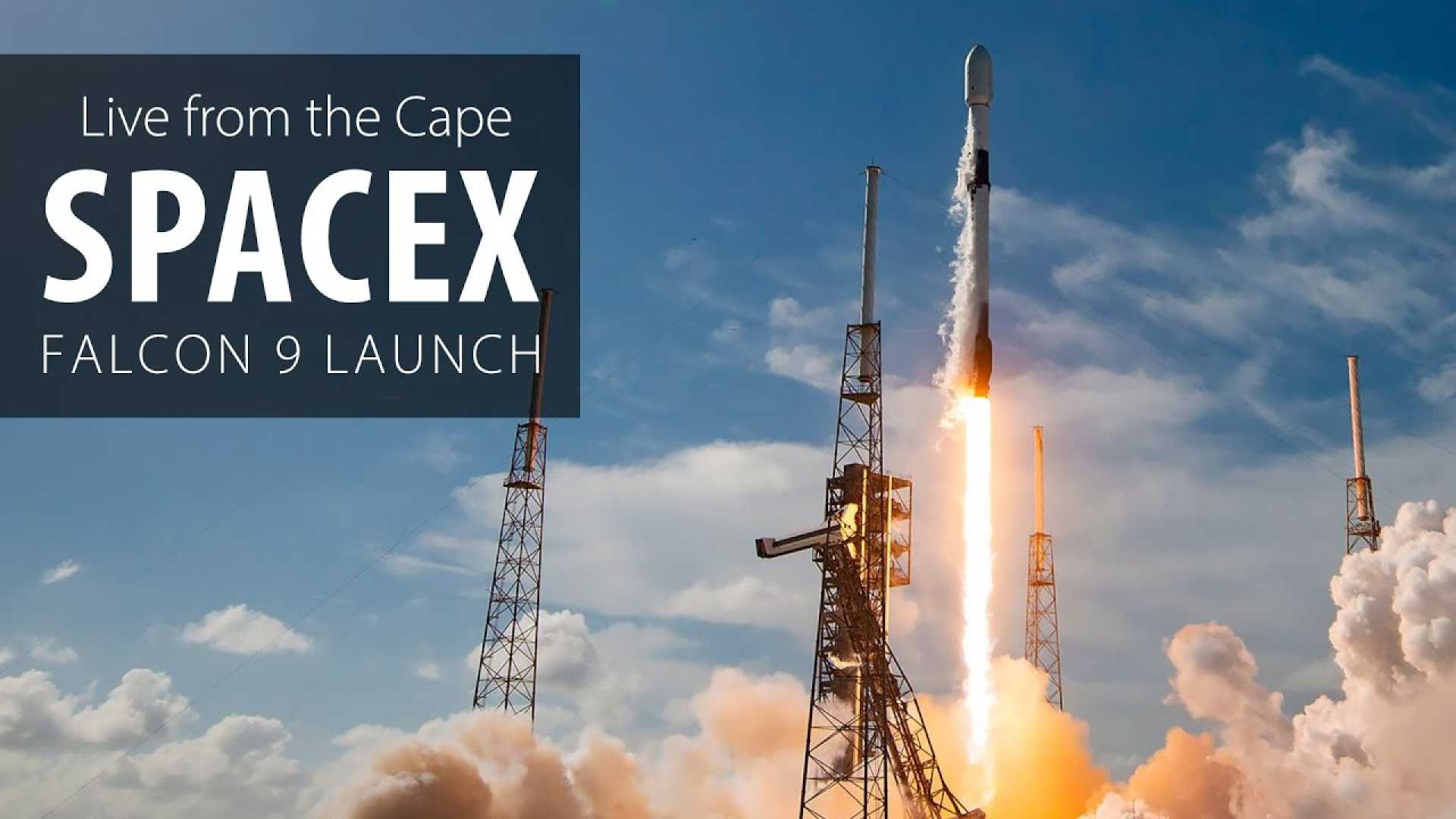News
SpaceX Launches Historic Mission to Orbit Earth’s Poles

CAPECANAVERAL, Florida — SpaceX successfully launched its Fram2 mission on Monday, marking the first time humans traveled directly over the North and South poles. Lift-off occurred at 9:46 p.m. EDT from NASA’s Kennedy Space Center, carrying a Crew Dragon spacecraft with four non-professional astronauts, including cryptocurrency billionaire Chun Wang.
The Fram2 mission has generated significant interest not just for its pilot, Wang, who made his wealth through Bitcoin mining, but also for its unique trajectory. Unlike typical launches that head eastward, the Falcon 9 rocket flew south, achieving a polar orbit, which has not been attempted before by a crewed mission.
Joining Wang on this groundbreaking endeavor are Norwegian film director Jannicke Mikkelsen, robotics researcher Rabea Rogge from Germany, and Australian explorer Eric Philips. Each of them are making their inaugural journey to space as part of a mission aimed at exploring the harsh polar regions from above.
“We have an untraditional mission,” said Mikkelsen in a pre-launch event last week. “We’re not your typical NASA astronauts. … We’ve gone from nothing to being certified astronauts to fly.”
The mission’s unusual flight path is a testament to the crew’s passion for polar exploration, with plans to conduct a variety of experiments during their three to five days in orbit. These include the first attempt to capture on-orbit X-rays of the human body and growing oyster mushrooms, which are considered a suitable food crop for extended space travel.
Following liftoff, the Falcon 9’s first-stage booster successfully detached and landed on a drone ship in the Atlantic Ocean, while the upper stage propelled the Crew Dragon spacecraft to orbital speeds exceeding 17,500 miles per hour. Despite the polar orbit requiring more energy than typical trajectories, the Falcon 9 provided ample thrust to achieve the mission’s goal.
Dr. Craig Kluever, a professor of mechanical and aerospace engineering at the University of Missouri, highlighted the extraordinary nature of this mission: “Such a trajectory requires the rocket to expend massive amounts of power, resulting in a significant loss of performance,” he said. However, he acknowledged that it was a worthwhile endeavor that honors the crew’s interests.
Wang has not disclosed the total cost of the mission. However, it’s known that he co-founded F2Pool, a leading Bitcoin mining operation, and is estimated to have a net worth in the billions. His motivation behind the mission stems from a lifelong curiosity and an aspiration to push boundaries.
The Fram2 mission is poised to contribute valuable health data and insights into how the human body adapts to the unique conditions of microgravity, particularly in relation to motion sickness and other space adaptation syndromes. The team will be closely monitored through various studies designed to expand upon previous research conducted on astronauts in microgravity.
“This is a private mission. You need something that’s different and exciting,” said Dr. Christopher Combs, associate dean of research at Klesse College of Engineering. “It’s great that we’ve got commercial providers that are making space travel increasingly routine.” He added that the mission may not have groundbreaking scientific significance but could still provide important health-related data.
As the Fram2 crew embarks on their historic journey, they will have the opportunity to view polar light shows, participate in exercises, and collect data aimed at understanding the effects of space travel on human physiology and the challenges posed by such unique flight paths.
The mission is named after the Fram, a ship used for early 20th-century polar exploration. With its commitment to exploring new frontiers in space, SpaceX continues to pave the way for a new era of commercial space travel.












